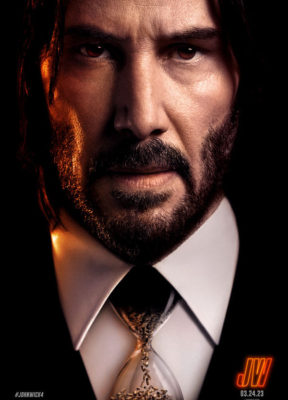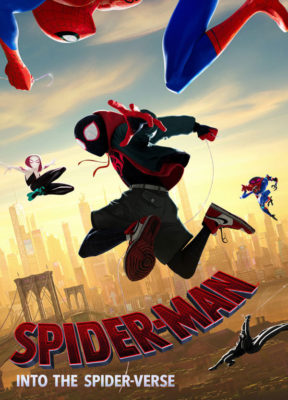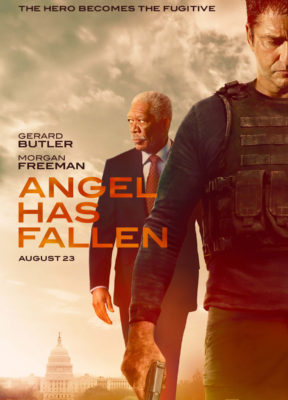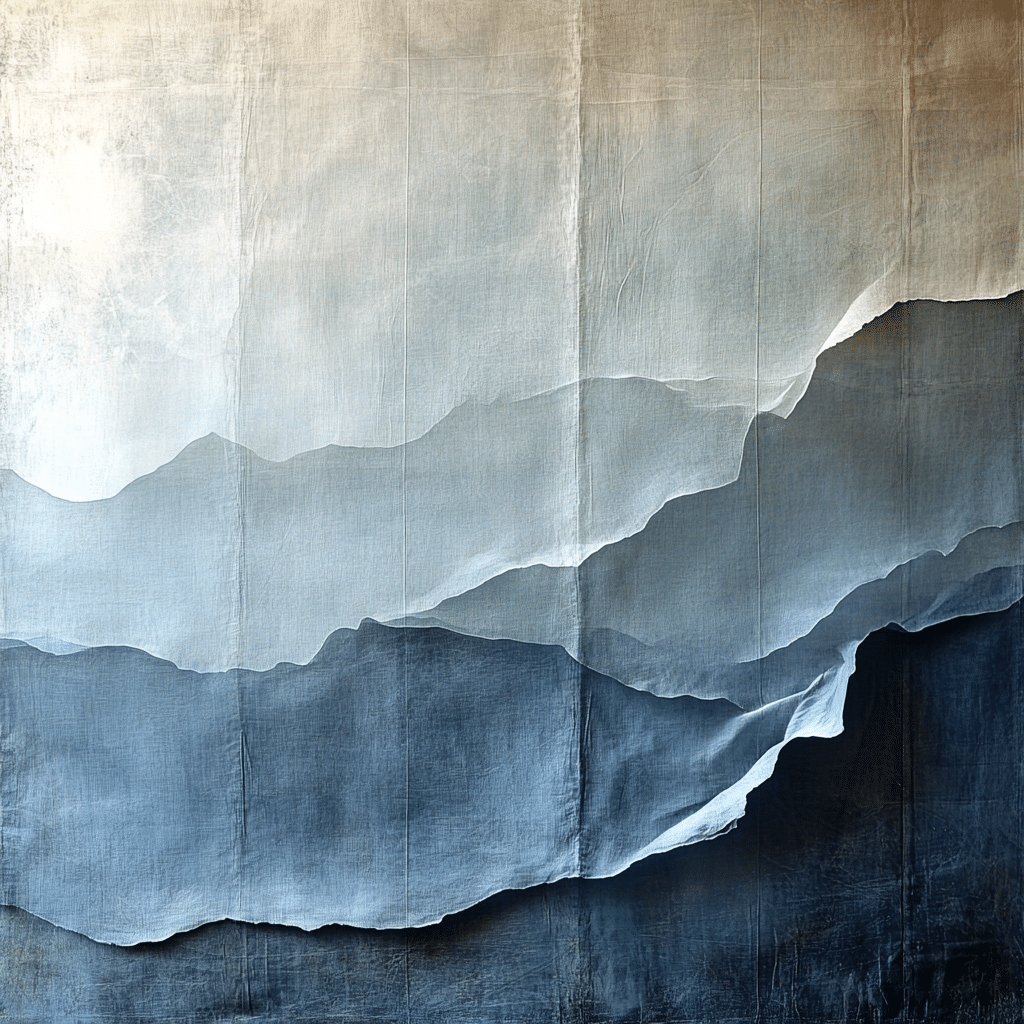
Scrim Techniques That Transform Your Next Production
Scrims, those lightweight and versatile fabrics, pack a powerful punch in the world of film production. They’re like the hidden MVPs for filmmakers and cinematographers, helping to control and manipulate light in remarkable ways. Whether you’re shooting an indie gem or a Hollywood blockbuster, understanding the nuances of scrim techniques can truly elevate your production. In this article, we’ll dive into various scrim techniques that will enhance your upcoming projects, combining insightful tips with innovative ideas that filmmakers can easily apply.
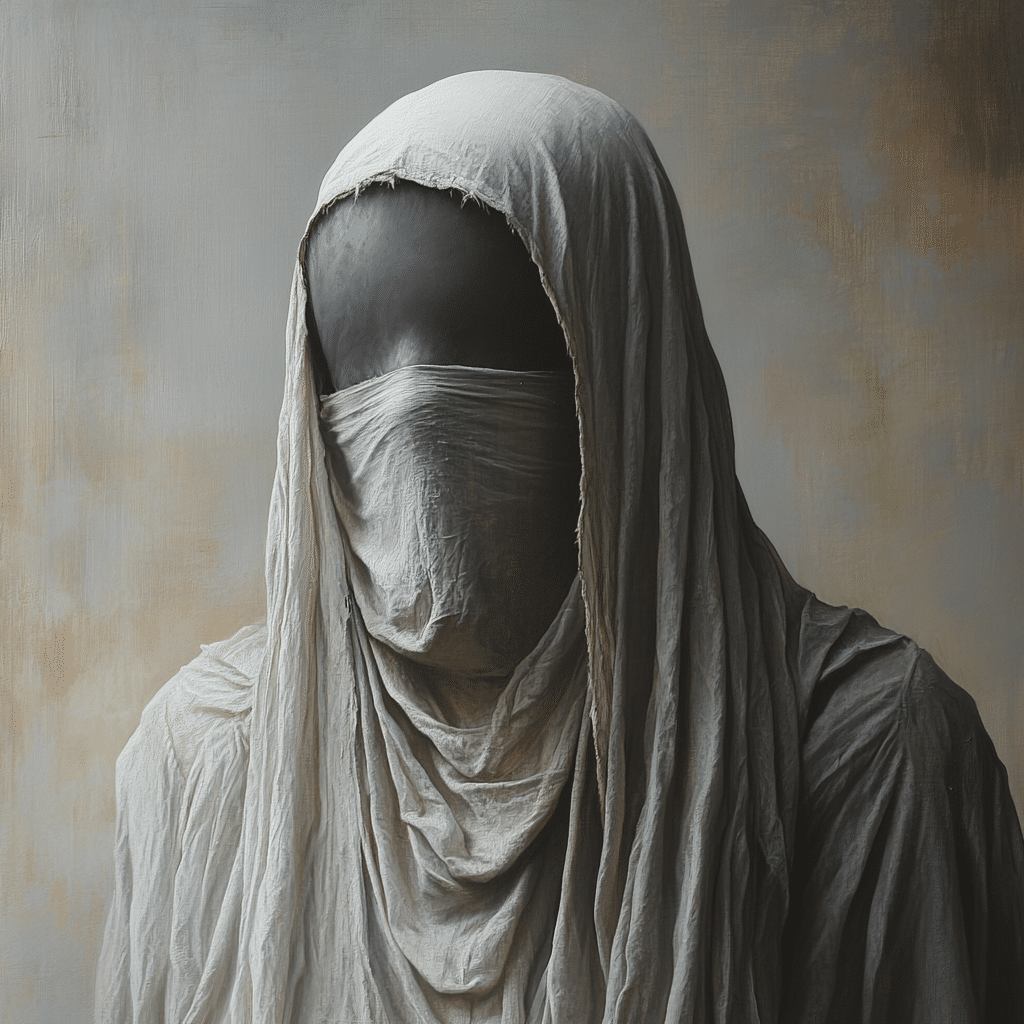
Understanding the Power of Scrims in Film Production
In essence, a scrim is any material that diffuses or absorbs light, offering filmmakers a way to shape their light sources. Scrims can transform ordinary scenes into visually striking moments. Think about it: how frustrating is it to capture those beautiful golden hour shots when the sun suddenly peeks behind a cloud? A scrim can soften harsh shadows, creating an even glow throughout your scene. It’s clear that scrims are indispensable tools for filmmakers all over the map.
Gone are the days when scrims were just thought of as basic light modifiers; they now play a pivotal role in defining the look and feel of a film. By mastering scrim techniques, you can add depth, drama, and a unique flair to your cinematic projects. Whether you’re channeling your inner Barry Jenkins or your aspirations lean more toward Spike Jonze, scrims will be your trusty sidekick on set.
Let’s explore seven standout scrim techniques that can transform your next production.
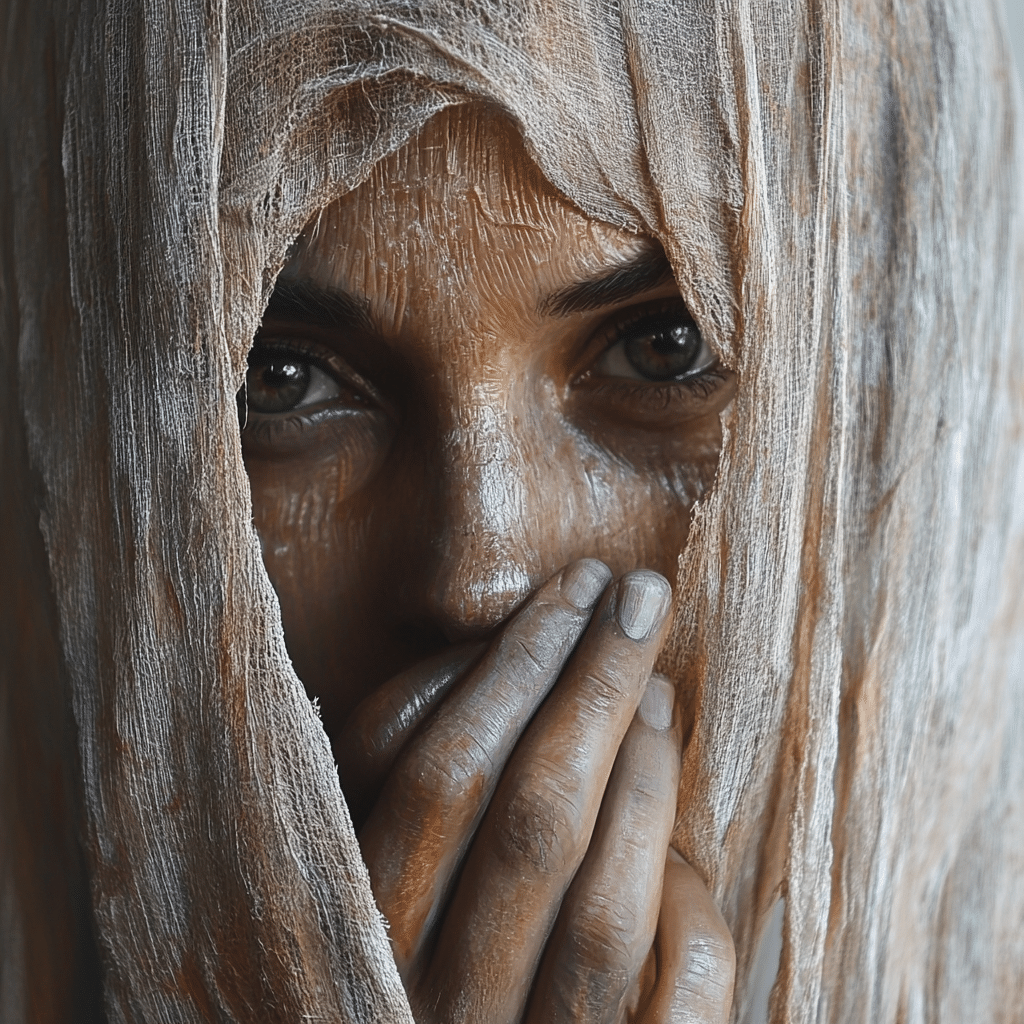
Top 7 Scrim Techniques to Elevate Your Next Production
1. Utilizing Black Scrims for Contrast Control
Black scrims are essential for controlling contrast and light intensity. They soak up light instead of reflecting it, which helps in eliminating unwanted spill. During the film “Moonlight” (2016), director Barry Jenkins adeptly used black scrims to shape the lighting for emotional scenes, creating a sense of intimacy and depth. This technique proved invaluable in highlighting the nuanced performances of the cast.
Experimenting with black scrims can significantly enhance the overall look of your footage. Consider a scene where you want to draw attention to a character’s emotional journey: strategically placed black scrims can isolate them visually, elevating tension and focus.
2. Diffusion with White Scrims: Softening Daylight
When the sun is shining bright, white scrims come to the rescue. These beauties serve as incredible diffusers, softening harsh sunlight or overhead lighting that can make subjects look overly stark. In “Lady Bird” (2017), cinematographer Rachel Morrison used white scrims to imbue outdoor scenes with a dreamy quality, adding subtle tonal contrast that defined the film’s essence.
For outdoor shoots, consider using white scrims to replace unsightly shadows caused by direct sunlight. The sweet spot lies in balancing natural light, and white scrims can help achieve a soft overall look.
3. Dual Scrim Method: Layering Effects
The dual scrim method involves layering multiple scrims to create sophisticated lighting dynamics. This technique allows for precise control over both the intensity and quality of light. In “The Grand Budapest Hotel” (2014), the cinematography team employed a white scrim along with an olive-green scrim to add rich, multi-dimensional hues to the film’s whimsical aesthetic.
Using the dual scrim approach can be particularly effective in indoor settings, where light plays a crucial role in enhancing the narrative. Layering scrims gives filmmakers a toolbox to explore different tones within a scene.
4. Mobile Scrim Solutions for Versatile Shooting
For indie filmmakers constantly on the go, mobile scrim setups can be a game changer. Portable options like those from Lastolite allow you to quickly adapt to changing lighting conditions, ensuring high-quality results no matter your location. These adaptable tools are especially loved by filmmakers who venture into unpredictable outdoor environments or spontaneous shooting scenarios.
In a world where time is money, mobile scrim solutions provide unmatched convenience. With quick adjustments, you’ll be able to maintain the integrity of your visuals without compromising creativity.
5. Custom Scrim Shapes for Unique Aesthetics
Custom-shaped scrims add an artistic flair, permitting unique shadows and dynamic patterns throughout the scene. Director Spike Jonze used custom-cut scrims in “Her” (2013) to filter light through irregular shapes, creating visually complex and unique backgrounds that enhanced the film’s futuristic atmosphere.
Incorporating custom scrims in your projects can introduce unexpected elements. Think about how a specific shape could relate to the themes and emotions present in your story!
6. High-Definition Scrims for HD Cameras
As camera technology advances, so do the tools designed to pair with it. High-definition scrims from brands like Tiffen and Lee Filters are specifically engineered to minimize optical distortion while maximizing diffusion. In Denis Villeneuve’s “Dune” (2022), the cinematography team used high-definition scrims to maintain clarity and texture in a variety of settings, from close-ups to expansive desert shots.
Investing in high-definition scrims ensures you maintain film quality while working with the latest cameras. They help achieve that sought-after cinematic integrity that keeps audiences glued to their screens.
7. Layering Scrims with Bounce Boards for Dynamic Lighting
Combining scrims with bounce boards allows filmmakers to achieve dynamic and controlled lighting environments. This duo creates a softer fill light that won’t diminish the punch of key lights. In “A Ghost Story” (2017), cinematographer Andrew Droz Palermo adeptly employed this technique to craft an ethereal ambience, enhancing the film’s emotional core.
Utilizing both scrims and bounce boards enables a fluid interplay of light and shadow. Consider how this combination can deepen the viewer’s experience of your film’s narrative and visual storytelling.
Harnessing the Creative Potential of Scrims
The scrim’s flexibility is unmatched in the cinema world. Whether you’re an established filmmaker or just starting out, mastering scrim techniques can drastically improve the emotional resonance and visual impact of your film. Draw inspiration from notable productions, and don’t shy away from innovating with scrims in your own style.
Next time you’re on set, don’t overlook these seemingly simple fabric tools—they might just unlock that magical lighting you’ve been chasing all along. By understanding the power of scrims and experimenting with these techniques, you’ll be well on your way to creating memorable visual narratives that resonate with audiences.
For more film insights and discussions on projects like Manifest Season 4 and actors such as Laurie Metcalf and Lakeith Stanfield—check out our Loaded platform! We’ve got resources, tips, and tons of discussions that any passionate filmmaker or movie lover will savor. Happy filming!
Scrim Techniques That Transform Your Next Production
The Basics of Scrims
Scrims are a filmmaker’s best buddy when it comes to controlling light and creating mood on set. These lightweight materials can be used in all kinds of ways—from softening harsh sunlight to diffusing light sources for that perfect cinematic glow. Fun fact: scrims were originally developed for use in theater lighting, and they’ve become a staple in modern film. If you’re a fan of quirky indie films like Francie, you might’ve noticed how scrims enhance visuals in even the smallest scenes, capturing raw emotions beautifully.
Speaking of crisp visuals, you might be curious about other techniques in film production. Just like using scrims, employing the right bleach filler in line production can uniquely affect the final product. This clever style choice showcases the creativity and ingenuity that many filmmakers, including those behind the best Super bowl Commercials 2025, rely on for advertising purposes.
Fun Facts About Scrims and Their Usage
Using a scrim can dramatically impact your production’s look and feel. And here’s a fun tidbit: highly inventive filmmakers like Lakeith Stanfield have dabbled in various lighting techniques that involve scrims, contributing to their increasingly versatile body of work. If you dig into Lakeith Stanfield Movies And TV Shows, you’ll see how lighting plays a crucial role, sculpting scenes to fit different narratives and vibes.
Moreover, you might not realize that scrims aren’t just relegated to expansive film sets—they’re also used in smaller productions. For instance, you can see their brilliant application in projects like Dotty, where strategic lighting pairs beautifully with scrim techniques to enhance ambiance. The interplay of light and shadow is fascinating, showcasing how filmmakers utilize every tool at their disposal. For anyone looking to boost their production skills, learning about the interplay between scrims and lighting can unlock new creative pathways.
The Future of Scrims in Filmmaking
As technology evolves, so do scrims and their applications in filmmaking. The industry is increasingly leaning towards eco-friendly materials, allowing scrims to adapt to contemporary needs while still ensuring high-quality results. For aspiring filmmakers, considering the potential for scrims might just be the edge you need. With interest in films like those featuring Laurie Metcalf rising, it’s clear that the art of manipulating light is more important than ever.
Whether you’re creating heartwarming stories or thought-provoking dramas, scrims help shape the visual language of film. So, the next time you’re prepping for a shoot, don’t overlook this simple tool. Embracing scrim techniques can not only elevate your production but also inspire creativity that leads to cinematic magic—all while keeping viewers captivated from the first frame to the last.



